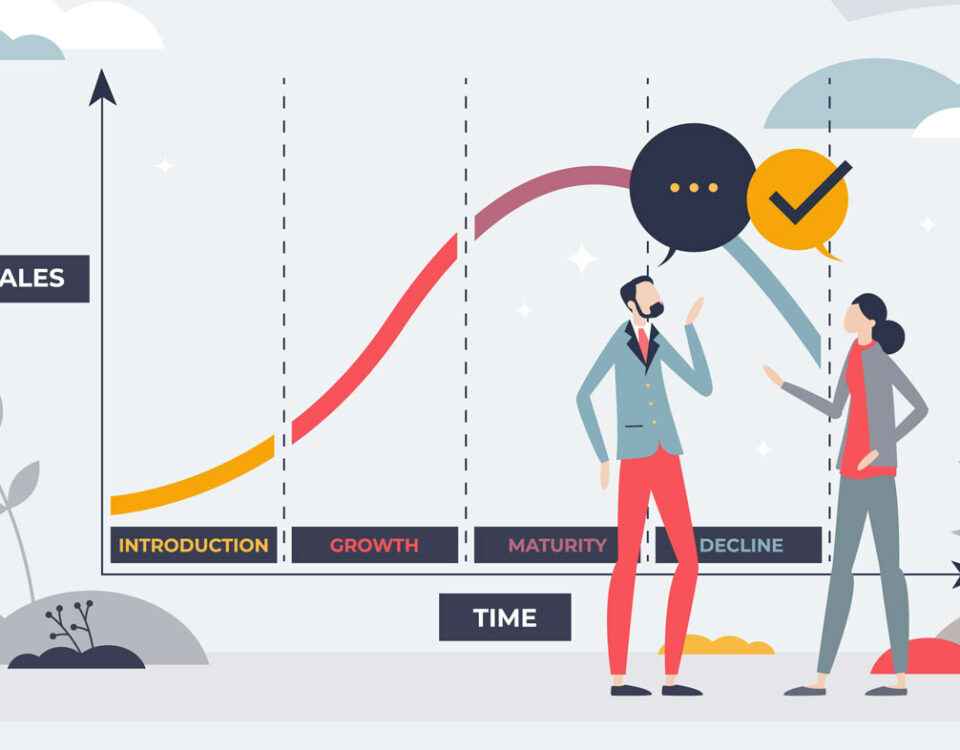
How to Spot an Illegitimate SEO Firm
June 28, 2012
Passion is the Essence of Marketing
September 21, 2012Six Story Elements to Help You Make Your Case

To convince somebody of something you first must assemble a convincing argument with facts and a compelling story. Together this creates a persuasive narrative designed to present a solution as viable and understandable. You need to understand this when creating marketing content to help prospects and customers understand that your product or service is the best solution. It is all about good old-fashioned storytelling.
Roger Dooley, author of “Brainfluence: 100 Ways to Persuade and Convince Consumers with Neuromarketing,” recently wrote a blog post “Six Characteristics of Highly Persuasive Stories” that illustrated six story elements that will help to bring readers to your way of thinking. Here they are:
A solid delivery
“Dramatic pacing, use of imagery, and other factors will affect the impact the story has on the listener,” notes Dooley. Whether it is a newsletter story, website content, blog post, email marketing or anything else dramatic pacing will keep the reader interested. This is particularly true with newsletters because the content tends to be longer. Whether you print yours or email it, a compelling story is the key to getting someone to actually open the newsletter or click on the link.
Vivid imagery
Dooley wrote “Immersive images will enable the audience to ‘see’ the characters and scenes being described and will trump dry factual information that lacks that impact.” Don’t just use general stock photography to illustrate a story. Think of how that image will punctuate and persuade. If done correctly, video is also a compelling media that can drive a message home.
Understandability
Your story needs to make sense to your audience. Novelists who write fiction still try to relate to a reality that is familiar to their audience. So when you write your marketing content, it should be understandable and presented in a way that a customer or prospect can relate to. This is especially true if you are marketing technical or complex products and services.
Structure
“Stories need to flow in a logical manner and usually have a beginning, middle, and end,” says Dooley. When you create content, make sure the story starts in a way that grabs attention. Make sure it continues to hold that attention while you state your case and keep your audience engaged. Finally, create a desirable conclusion that is convincing and understandable.
Context
It is important to tell the story in the proper context of who, what, where and why in order to attract the right person to read it and believe it. It is also not just what you say, but how you say it. “A story told by a pushy salesperson will be less believable because listeners will attribute ulterior motives to the person telling it,” Dooley cautions.
The right audience
You can’t control how people want to receive content. However, to get a feel for it, tell your story on different marketing channels to learn what type of content resonates best with your audiences. Different people respond to different channels such as direct mail, email, video or web content.
The longer the content the more the story needs to be compelling. Many people will start a reading long story and then loose interest if the content goes on longer than the they can focus their attention. The trick is to make the story more interesting than the hundreds of other distractions that the reader will have.
In order for marketing content to work it must make the case for your products and services by using compelling, credible, believable and above all interesting storytelling elements.






